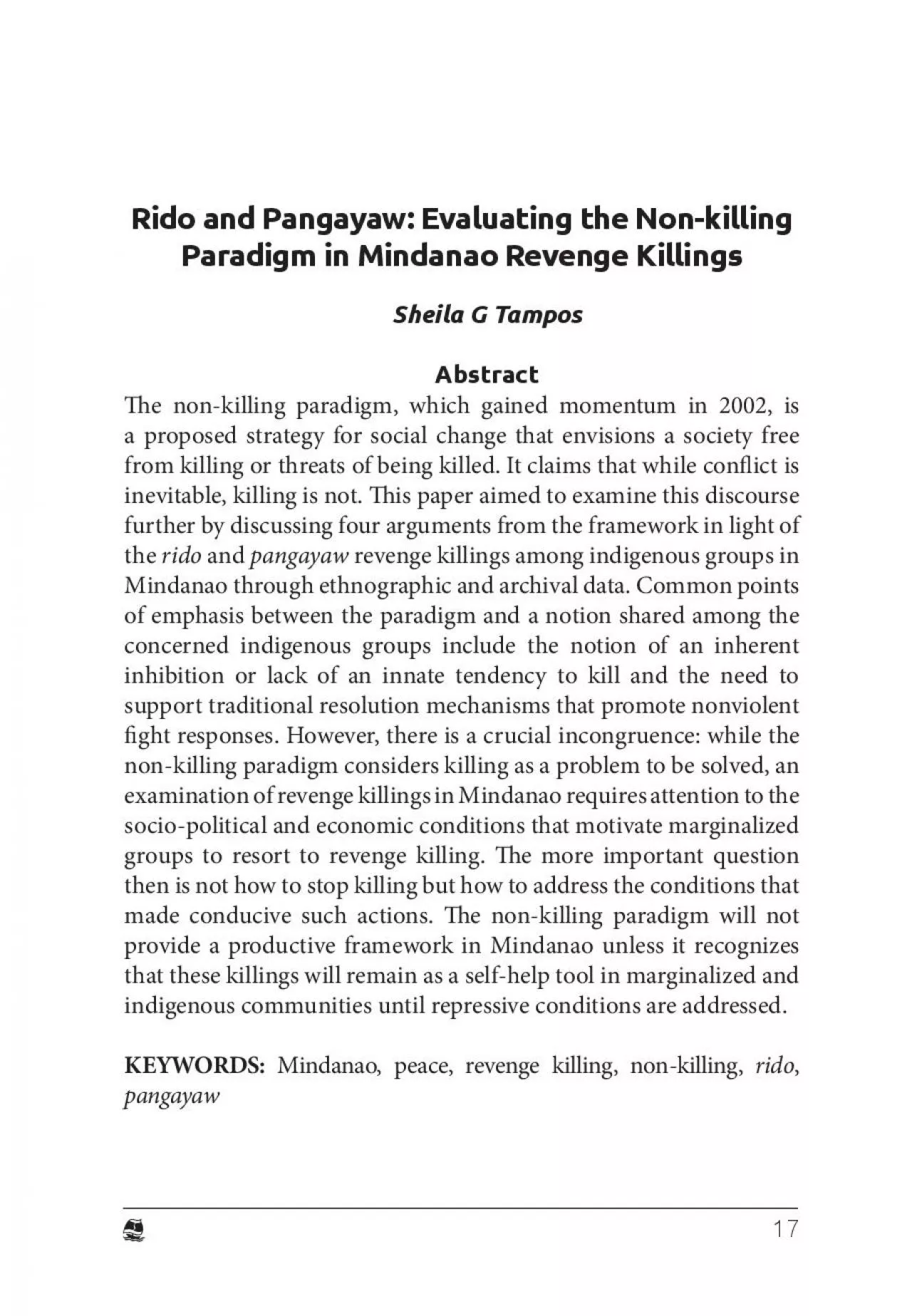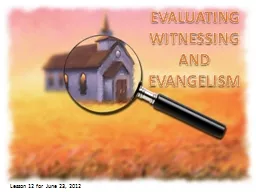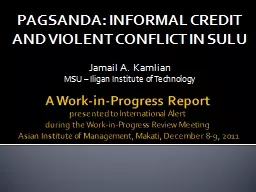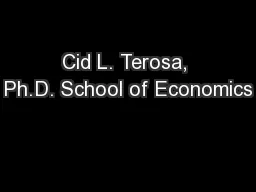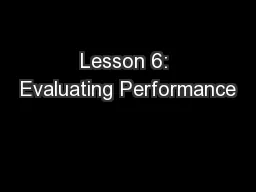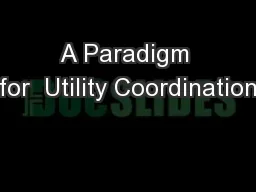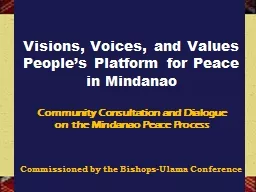PDF-Rido and Pangayaw Evaluating the Nonkilling Paradigm in Mindanao Rev
Author : hadly | Published Date : 2021-06-18
17 18 VolXXXVIII IntroductionOne challenging aspect in the academic analysis of violence is the lack of a consensus as to what constitutes a violent act In anthropological
Presentation Embed Code
Download Presentation
Download Presentation The PPT/PDF document "Rido and Pangayaw Evaluating the Nonkill..." is the property of its rightful owner. Permission is granted to download and print the materials on this website for personal, non-commercial use only, and to display it on your personal computer provided you do not modify the materials and that you retain all copyright notices contained in the materials. By downloading content from our website, you accept the terms of this agreement.
Rido and Pangayaw Evaluating the Nonkilling Paradigm in Mindanao Rev: Transcript
Download Rules Of Document
"Rido and Pangayaw Evaluating the Nonkilling Paradigm in Mindanao Rev"The content belongs to its owner. You may download and print it for personal use, without modification, and keep all copyright notices. By downloading, you agree to these terms.
Related Documents

